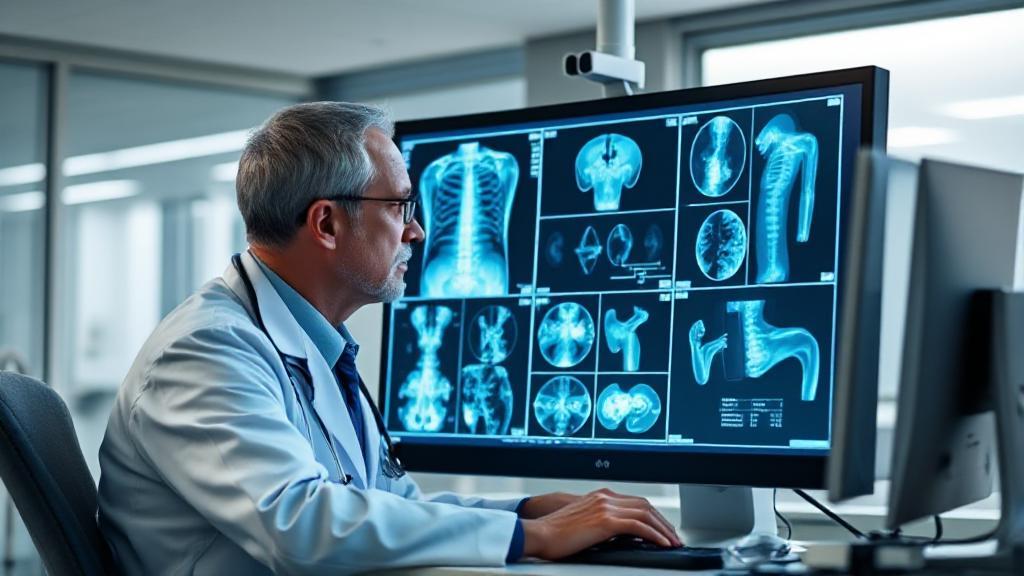Introduction
Radiology is a critical field in modern medicine that uses imaging technology to diagnose and treat diseases. Radiologists are medical doctors who specialize in interpreting medical images, providing essential insights that guide diagnosis and treatment. Their expertise is crucial for accurate diagnosis and effective treatment planning in the healthcare system.
Educational Requirements and Training
Becoming a radiologist requires extensive education and training:
- Four years of undergraduate studies
- Four years of medical school
- One year of internship
- Four years of diagnostic radiology residency
- Optional 1-2 years of subspecialty fellowship training
Additionally, radiologists must obtain medical licensure and certification from the American Board of Radiology (ABR) or similar boards in other countries.
Core Responsibilities
Image Interpretation and Diagnosis
Radiologists analyze various types of medical images, including:
- X-rays
- CT (Computed Tomography) scans
- MRI (Magnetic Resonance Imaging)
- Ultrasound
- Nuclear medicine scans
- PET (Positron Emission Tomography) scans
Based on their interpretation, radiologists provide diagnoses that are crucial for determining appropriate treatment plans, working closely with other physicians to provide comprehensive care.
Interventional Procedures
Many radiologists specialize in interventional radiology, performing minimally invasive procedures using imaging guidance, such as:
- Biopsies
- Tumor ablations
- Angioplasty
- Stent placements
- Drainage procedures
These procedures often offer alternatives to traditional surgery, resulting in less pain and quicker recovery times for patients.
Subspecialties
| Subspecialty | Focus Area |
|---|---|
| Neuroradiology | Brain and nervous system |
| Musculoskeletal | Bones, joints, and soft tissues |
| Pediatric | Children's imaging |
| Breast Imaging | Mammography and breast procedures |
| Nuclear Medicine | Molecular imaging |
Technology and Innovation
Artificial Intelligence Integration
AI tools are increasingly being used to:
- Enhance image quality
- Detect abnormalities
- Prioritize urgent cases
- Improve workflow efficiency
Learn more about AI in radiology at RSNA AI Resource Center.
Quality and Safety
Radiologists are responsible for:
- Implementing ALARA (As Low As Reasonably Achievable) principles
- Monitoring radiation exposure
- Ensuring appropriate imaging protocols
- Maintaining imaging equipment standards
- Following ACR accreditation guidelines
Professional Development and Challenges
"The radiologist serves as a consultant to all other physicians." - American College of Radiology
Radiologists must engage in continuous education and development through:
- Maintaining board certification
- Attending conferences and workshops
- Publishing research
- Participating in quality improvement initiatives
They face several challenges, including:
- High workload due to increasing demand for imaging studies
- Keeping up with rapid technological changes
- Ensuring patient safety through radiation protection
- Balancing direct patient care with behind-the-scenes work
Conclusion
Radiologists play a pivotal role in the healthcare system, combining medical knowledge, technical expertise, and interpersonal skills. As technology advances and healthcare evolves, radiologists continue to adapt and remain essential members of the medical team.
For more information about radiology careers and resources, visit:
